Principles of Design
The principles of design that describe how artists use different elements in their art/images to create visual interest – and can also serve as a very general guideline for designers to understand design elements. Of course, there are other sets of guidelines that might be equally if not more applicable in conscious design (a personal favourite being the 5 Principles of Flag Design), and artists often break or contradict these rules, but it is interesting to see these common elements to present in different artists’ works nonetheless.
Figure-ground (gestalt)
The figure – ground element of design consists of the relationship between an object (the figure) and the negative space surrounding it (the ground). The relationship between them is mutually exclusive, but their relationship inseparable – either must be viewed in relation to the other.
Balance – Symmetry/Asymmetry
Balance refers to the distribution of the visual weight of objects, colours, textures, and space. In a symmetrical balanced composition, the elements used on one side are similar to the other side; in an asymmetrical balanced composition, the elements used on each side are different but still weigh out to provide an overall balance in the composition.
Contrast/ Emphasis/ Dominance
Contrast refers to the juxtaposing of drastically different (and often opposite) design elements to draw the viewer’s attention to a particular point in the composition. It counteracts monotony in the composition by generating a particular point of interest.
Cropping
Cropping refers to the intentional discarding of certain portions of an image, either to reduce the amount of distracting elements or to generate visual interest on a particular point in the composition, thus emphasizing it. Effective cropping of letterforms, images and shapes can be used to make an image more visually dominating.
Hierarchy
Hierarchy can be created in an image by manipulating the aspects of design elements (e.g. size, shape, colour, contrast, arrangement) to create an order in which different elements in a composition are to be viewed. By varying these elements, the viewer’s eye can be guided along the image to view it in a more coherent manner.
Scale
Scale is the size of an object in the composition as consciously chosen by a designer – it can be magnified to provide emphasis or to provide a different way of perceiving an object (e.g. the difference between a large circle and a dot).
Proportion
Proportion refers to the relationship of two or more design elements in a composition and how they relate to each other in terms of scale and size. Similar to scale, this can be manipulated to create an illusion of realism (in balanced, harmonious compositions) or distorted to create a sense of disharmony or surrealism.
Repetition/ Variety
Repetition refers to the repeated use of particular design elements in a composition, though not necessarily in a particular order. It helps the composition become more active and creates a greater sense of unity in the work. Conversely, a wide variety of design elements can be used to create a sense of discordance and chaos.
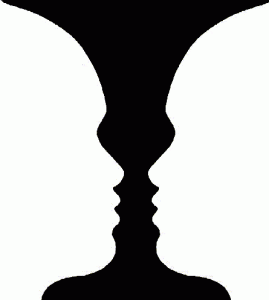
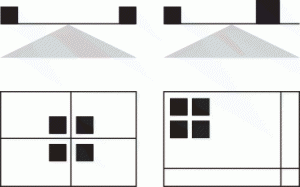
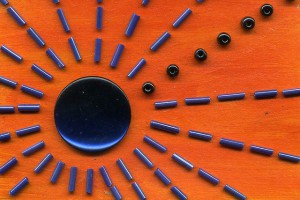
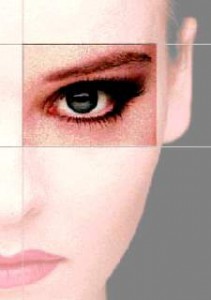

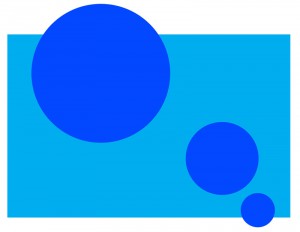
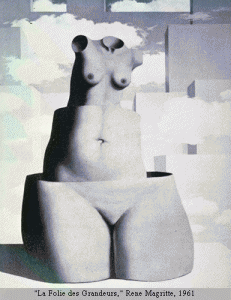
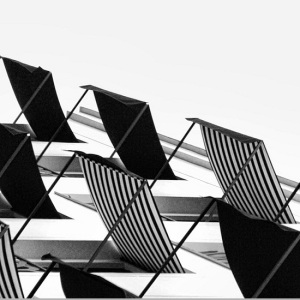
You must be logged in to post a comment.